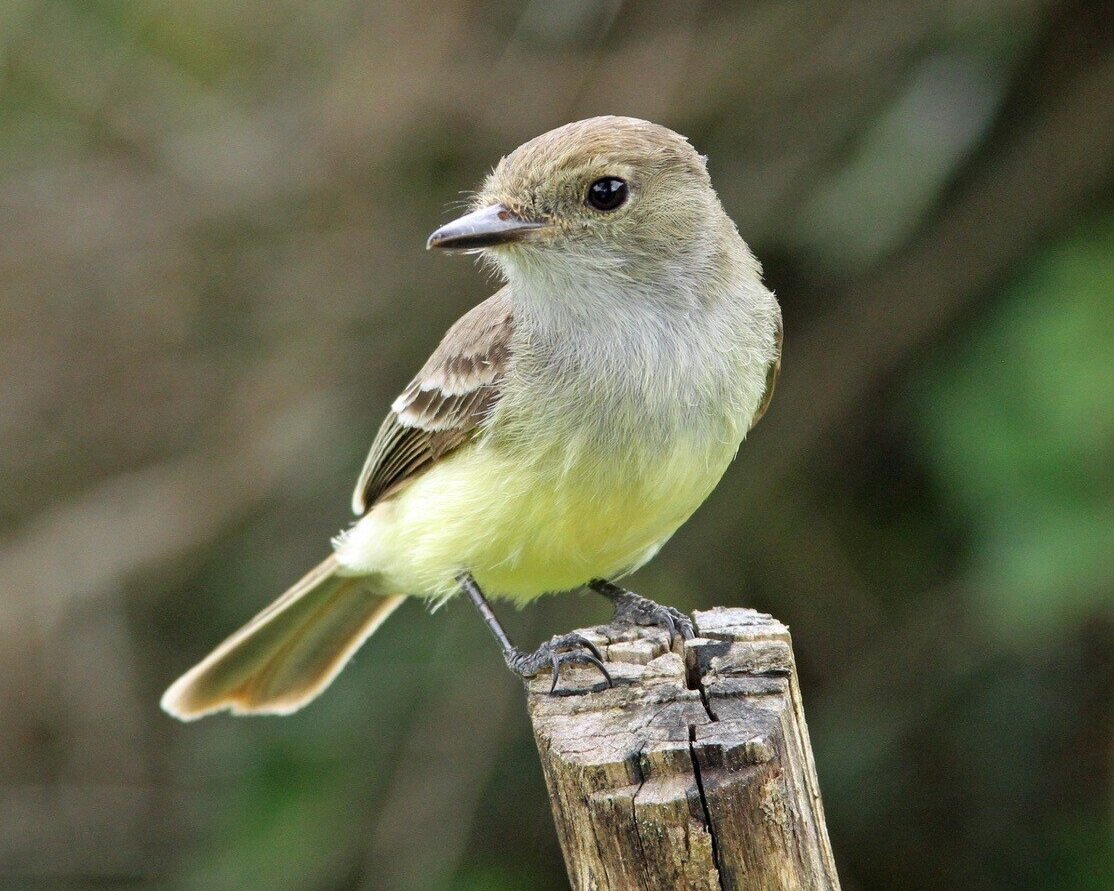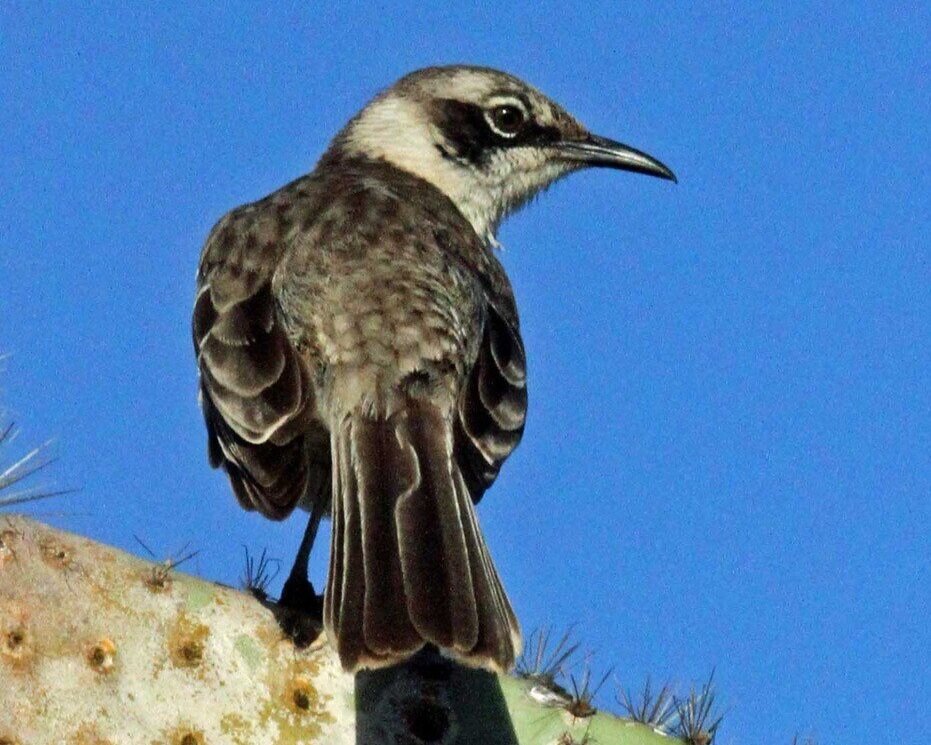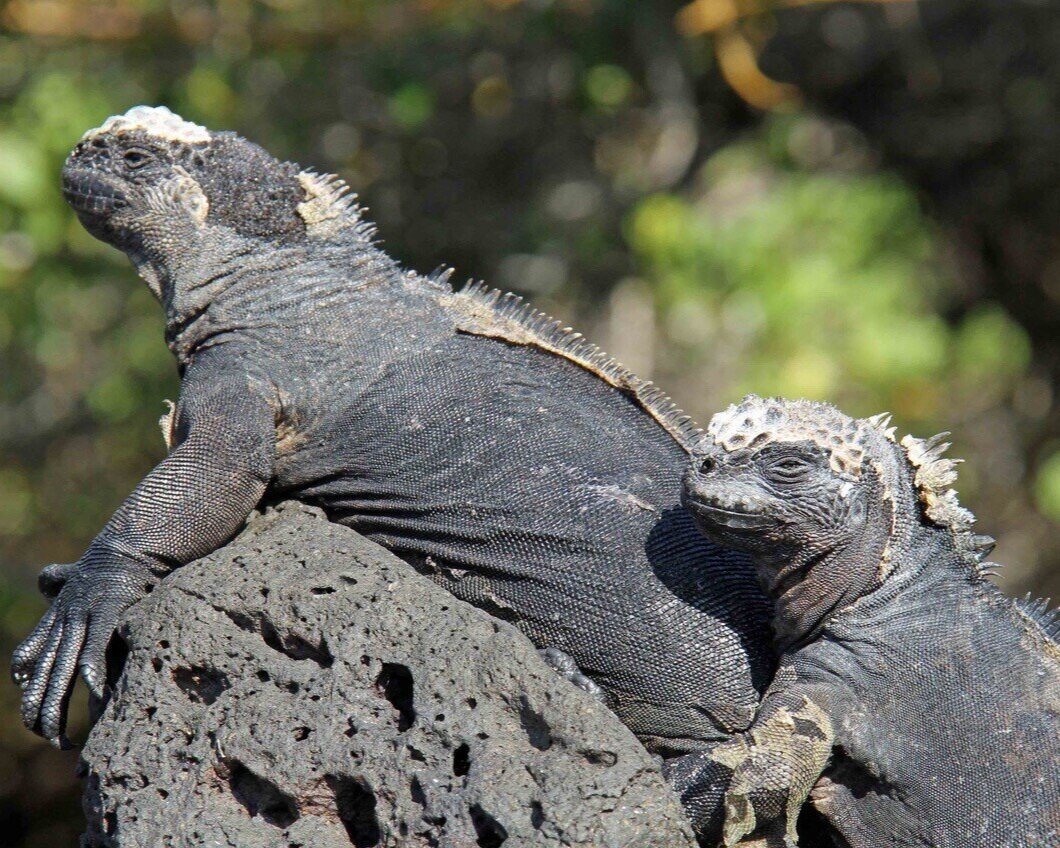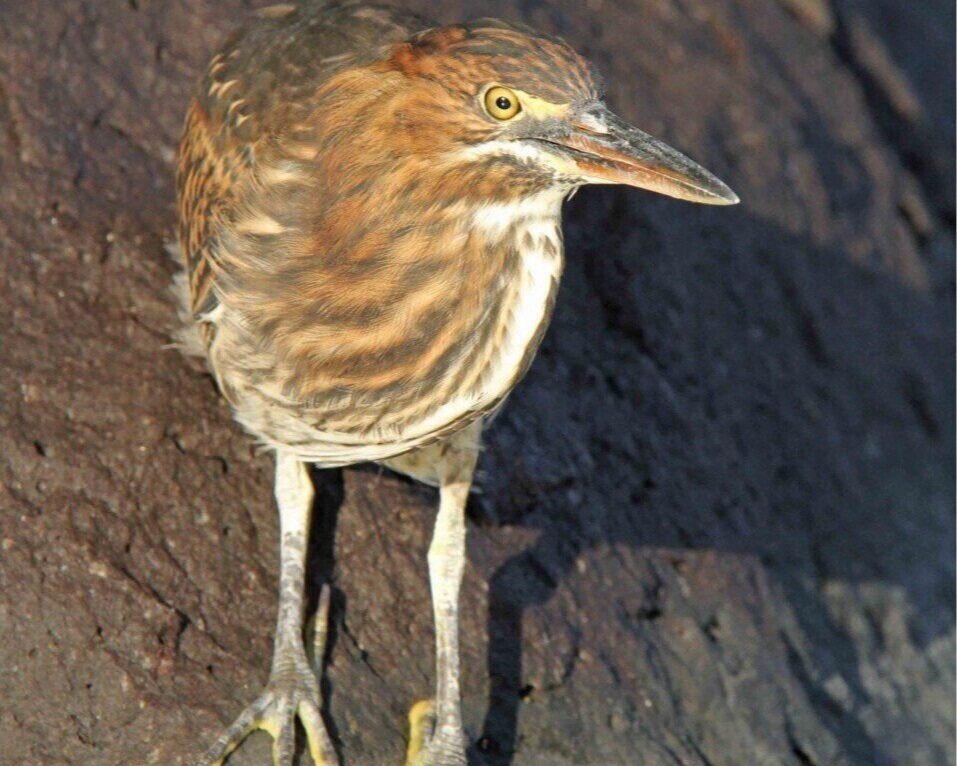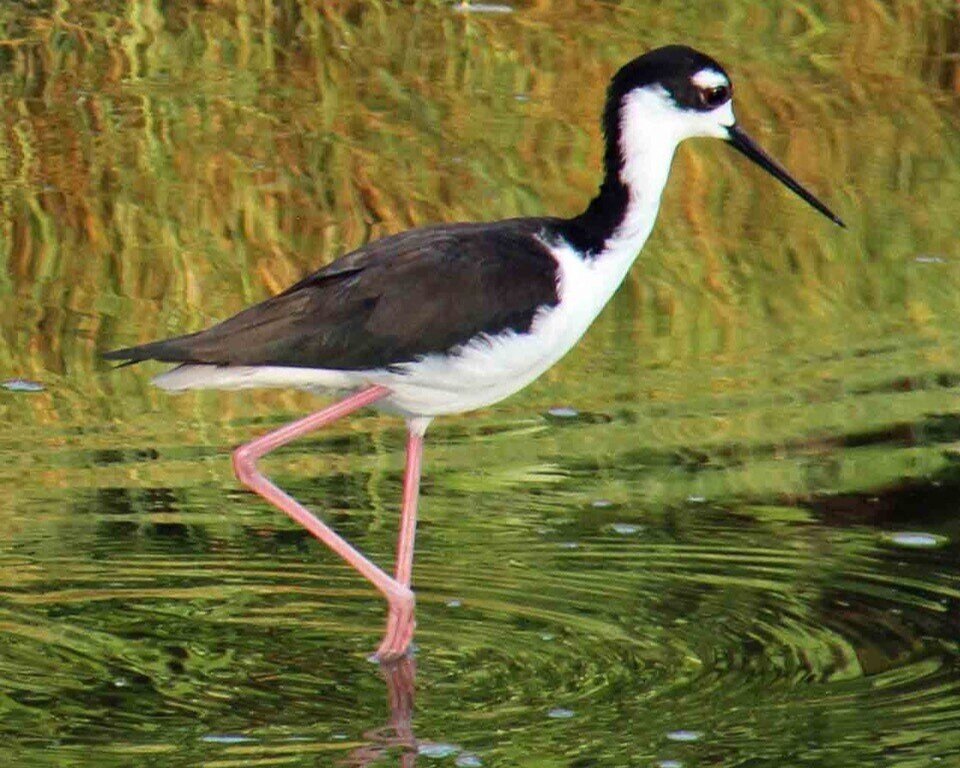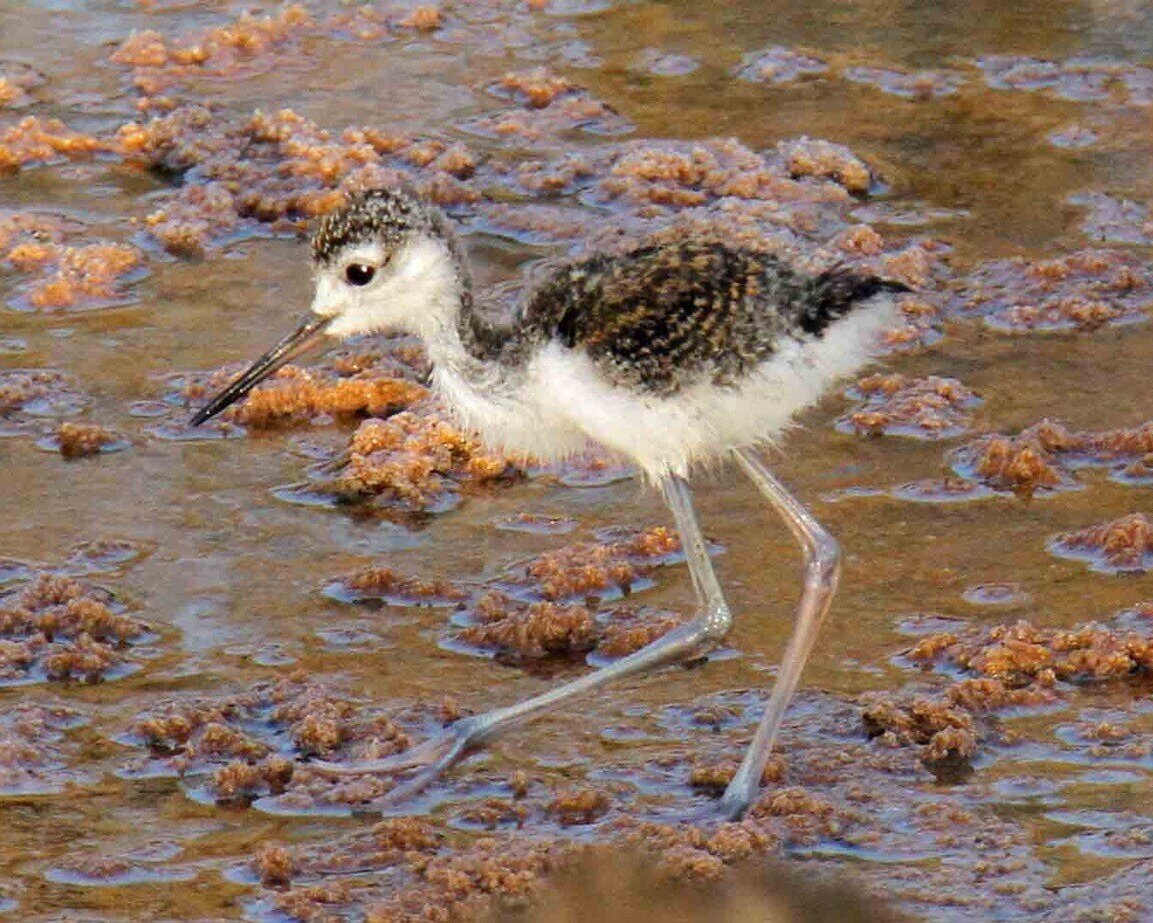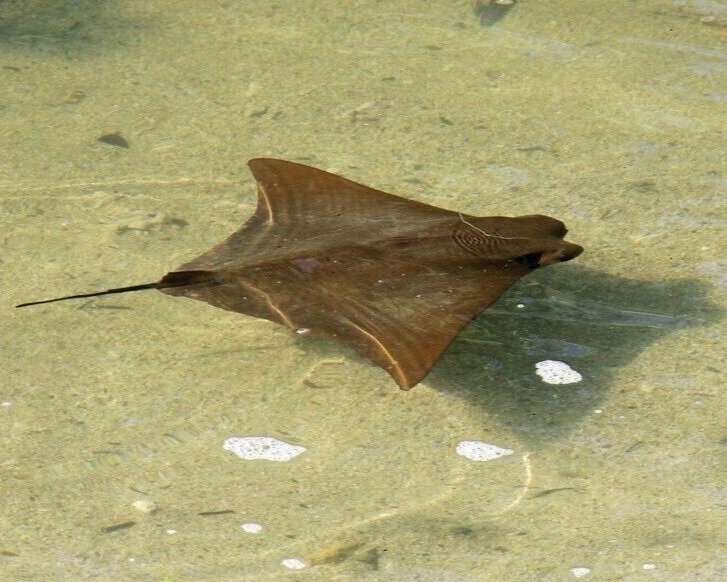
Blog
Greetings from Galapagos - an update from Greg Estes
in Blog Posts
Greg Estes - at home in Puerto Ayora
Greetings from Galapagos, where I am writing this from my house in Puerto Ayora, Santa Cruz Island. My wife and I have been spending the past 7 weeks enjoying our house and the quiet. To pass the time and alleviate anxiety we garden, bird-watch (our house overlooks a lagoon and we walk by the beach on our way to town), talk to our children in Canada by skype, do jigsaw puzzles, watch movies, read and ….repeat.
For exercise we dance, skip rope, work out, and walk when we can. We have also been busy writing, and have just submitted three articles to Galapagos Research, the journal of the Charles Darwin Foundation, on some ornithological and historical work we conducted last year and early this year.
Lockdown here means a 2 pm-5 am curfew (“toque de queda”) and a general order to stay at home (“quedate en casa”) unless absolutely necessary. When going out we must wear a face mask and remain 2 meters apart. We are allowed to shop for food twice a week, depending on the last digit of our “cedula” or identity card; for my wife and I this translates to Tuesday and Thursday.
Lining up to shop at the local market
We line up outside (2 meters apart), our hands are sprayed with alcohol, we step in disinfectant, and then are allowed into the shop. A similar procedure occurs at the open air vegetable markets. Fortunately the shops have remained well stocked because keeping the residents of the archipelago supplied with necessities from the mainland has been a priority. Fresh fruit and vegetables have been more limited with little variety, as produce no longer arrives regularly by plane. Of course, a lot is produced here in the agricultural zone on Santa Cruz, but it has been a dry year. Fortunately, we received a very welcome heavy downpour of rain on Easter. Cars and taxis are allowed to operate once a week, depending on the last digit of the license plate. As we live on “the other side” of the bay from Puerto Ayora, where there are no roads, the lack of vehicle traffic has not been noticeable. It has, however, been tricky finding transport (water taxis) to cross the bay to go shopping.
All’s quiet in the harbor
Tourism has stopped completely in Galapagos. The whole of the National Park is closed and so are all the visitor sites, even the local sites like the beach at Tortuga Bay. The tour boats are at anchor in the ports; here at Puerto Ayora, as well as in the Itabaca Canal between Santa Cruz and Baltra Islands, at Puerto Baquerizo Moreno (San Cristobal Island) and at Puerto Villamil (Isabela). Fishing boats are allowed to go out to fish, but must be back at port within 24 hours. It is quiet!
Flights to and from the archipelago have ceased, except for logistical carriers bringing in medical supplies and personnel and a weekly commercial flight that arrives empty to take away people who need to travel back to the mainland. Most of the tourists stuck in Galapagos when the lockdown started were able to leave on commercial and private flights in late March. Some of the private yachts which had stopped in Galápagos on their way across the Pacific appear to be stranded in Galápagos with nowhere to go, as they are unsure that they will be allowed into any other ports.
Inspection station at Baltra Airport
The Governor of Galapagos and other Ecuadorian governmental officials are doing an excellent job of keeping everyone informed—of Covid-19 cases, of regulations during the State of Emergency, of ways to prevent the spread of the virus, of ways to keep healthy. They have also been effective in keeping the spread of false news, one of the biggest potential problems, in check. Thanks to international, national and private donations we have a fully operational PCR lab in Puerto Ayora, testing kits, respirators, ventilators and emergency medical isolation facilities ready to be used, just in case.
We do have Covid-19 cases in Galapagos, but there is no community-spread of the virus, and only one hospitalization. Streets have been washed with disinfectant and the restriction of movement seems to be working. There is of course great anxiety about the economic impact of the virus, over 70% of the people who live here being dependent on tourism, like ourselves.
View from the balcony
There are also over 2000 Galapagos residents on the mainland who are desperately wanting to return to the archipelago. They are being brought back to the islands bit by bit in small groups, after undergoing strict social isolation and testing protocols on the mainland. We are told that things might become less restrictive later this month, but for the next two weeks we are in a holding pattern.
Officials are now using a traffic light system -yellow, orange and red- to indicate where we are in terms of restrictions. We are still in red. All non-essential businesses remain closed.
On a positive note we love how the wildlife of Galapagos seems to be thriving. The recent rain has turned the island green, the native Lantana and Croton are in full flower, and the Darwin’s finches are singing and undertaking a second bout of breeding. So are the Galapagos flycatchers. Just yesterday, as I was reclined in a lawn chair, a flycatcher landed on my nose and proceeded to tug at my hair for its nest! If only it would give me a full and much-needed haircut! In our garden we are regularly serenaded by Galapagos mockingbirds. A rare cuckoo flew in the other day and a Galapagos snake slithered over the doorstop at the entrance to our property. Yellow-crowned night herons walk across our roof at night, and a barn owl sometimes visits in the evening. Several pairs of black-necked stilts have nested in the lagoon; two successfully. Ghost crabs, endemic lava gulls, striated herons, white-cheeked pintail ducks, and marine iguanas are reclaiming the beach. The other day, as were waiting for a taxi to cross the bay, a sea lion popped its head up out of the water and looked at us intently as if asking “Where is everyone?” Every evening we sit up on our balcony to admire the blue-footed boobies diving in the bay and to watch (and sometimes count!) the thousands of cattle egrets that fly from their feeding grounds in the highlands, among the giant tortoises, to their night time roosts in the coastal mangroves. How we envy their freedom of movement!







